
Hologram Headquarters on 26th Street
August 15, 2013
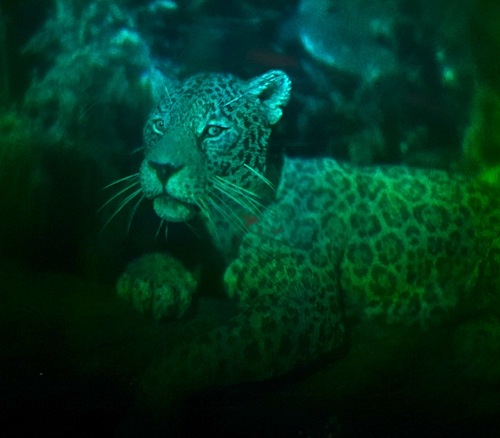
How do holograms work? “Think of a tire track,” says Jason Sapan, owner and resident magus of
Holography Studios. “It leaves an impression in the mud; you’d then fill it with plaster, and have an identical three-dimensional tire. We’re doing that with light. That shape now—in dimension—is stored in the light wave, which comes back to our film, and gets photographed.”
If I didn’t understand that—and I definitely didn’t—it wasn’t for lack of examples. Sapan has a gallery space that is the last word on this 3D art form. All sizes and types. I like holograms, but they’re so totally convincing in conveying a witchy dimension beyond the flat plane, when I look at them I feel like something has gone terribly wrong either with physics, or with my brain. You can even print them on transparent plexiglas so that when the hologram isn’t in direct light it’s just...nothing. Then hit the switch and you get this:
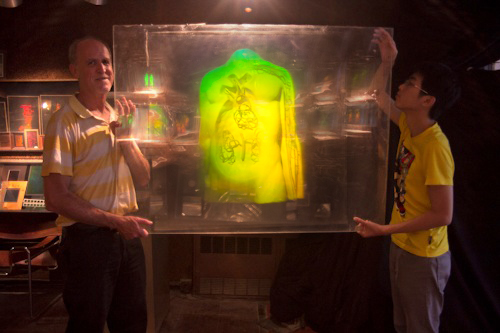
Or this. It’s Warhol reading a magazine; as you walk past, he moves, looking up from the page to give you a 3D stare. Sapan, who has been at this for decades, filmed the sequence himself with the actual Andy Warhol.
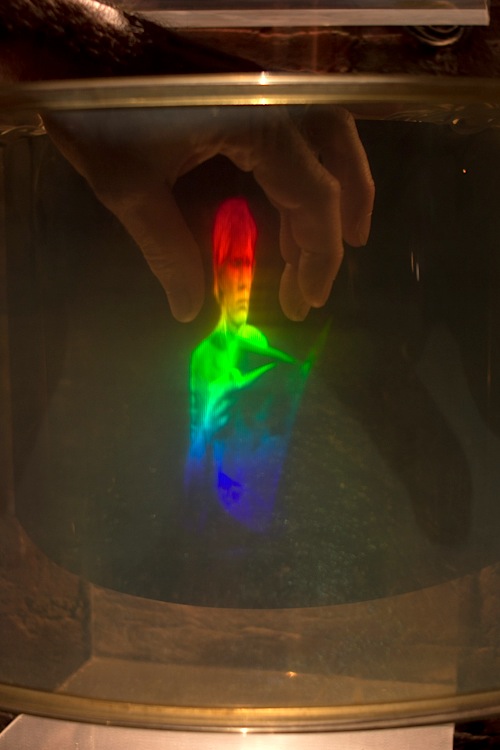
If you make a visit, see if you can get a tour of the tech dungeon where Sapan keeps his lasers, and one million other things.
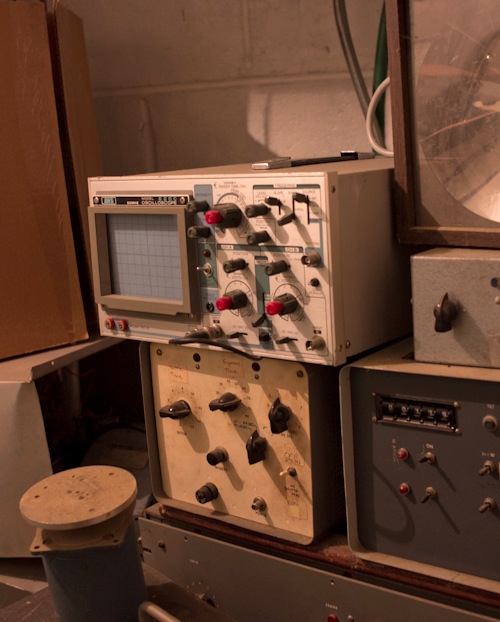
Here’s the shooting station, where a beam is bounced from mirrors onto the subject, in this case a skull.
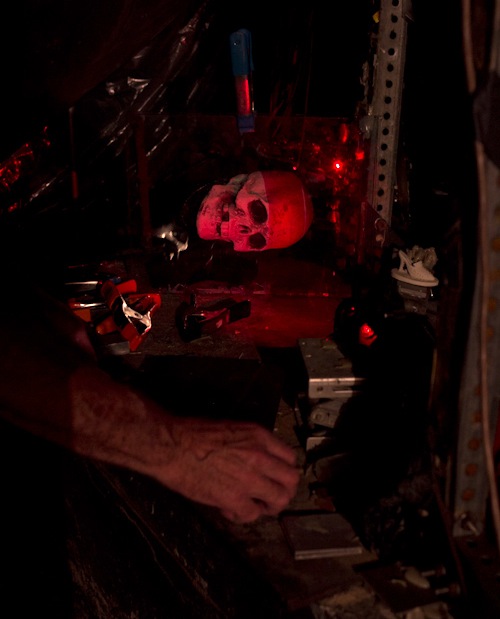
And here’s a former subject stuck on a shelf: a plaster eagle. For the palace of the Sultan of Brunei (true story), Sapan had to construct the whole model from scratch. “The longest part of the whole process is
making this stuff,” he says.
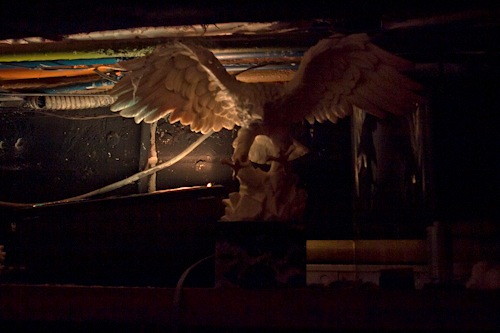
One thing, though: holograms are totally unphotographable. The best photo of a hologram just looks like the real thing. So here’s a short clip of one of the gallery highlights: a circular clear plastic hologram with shifting frames, creating the illusion of a tiny woman floating, in full Help-me-Obi-Wan style, right before your eyes.












